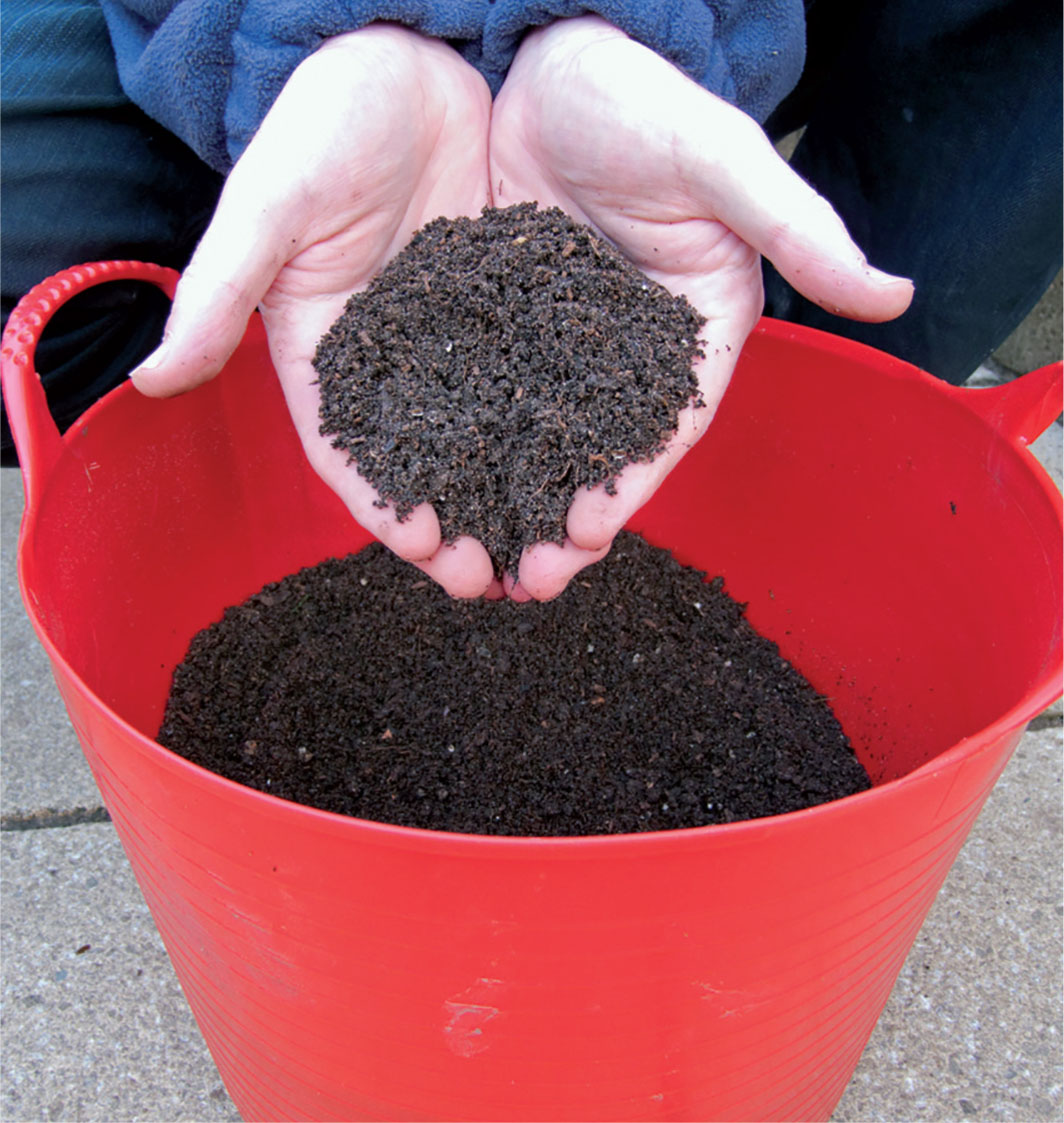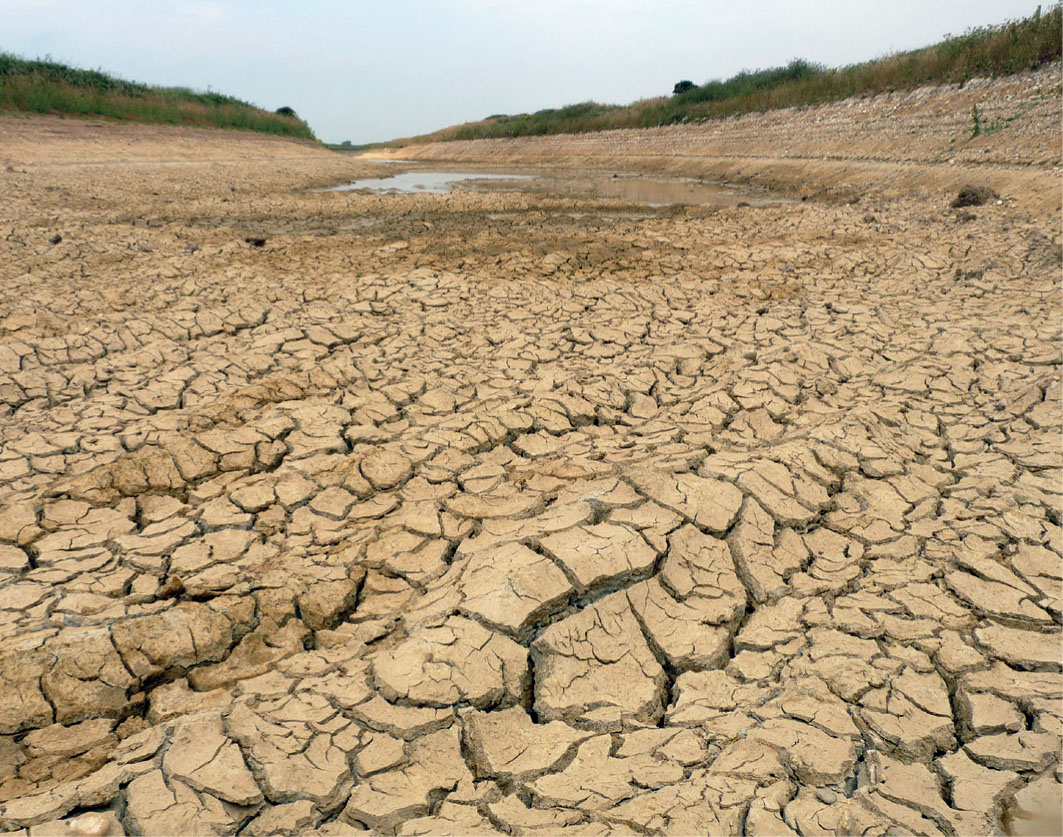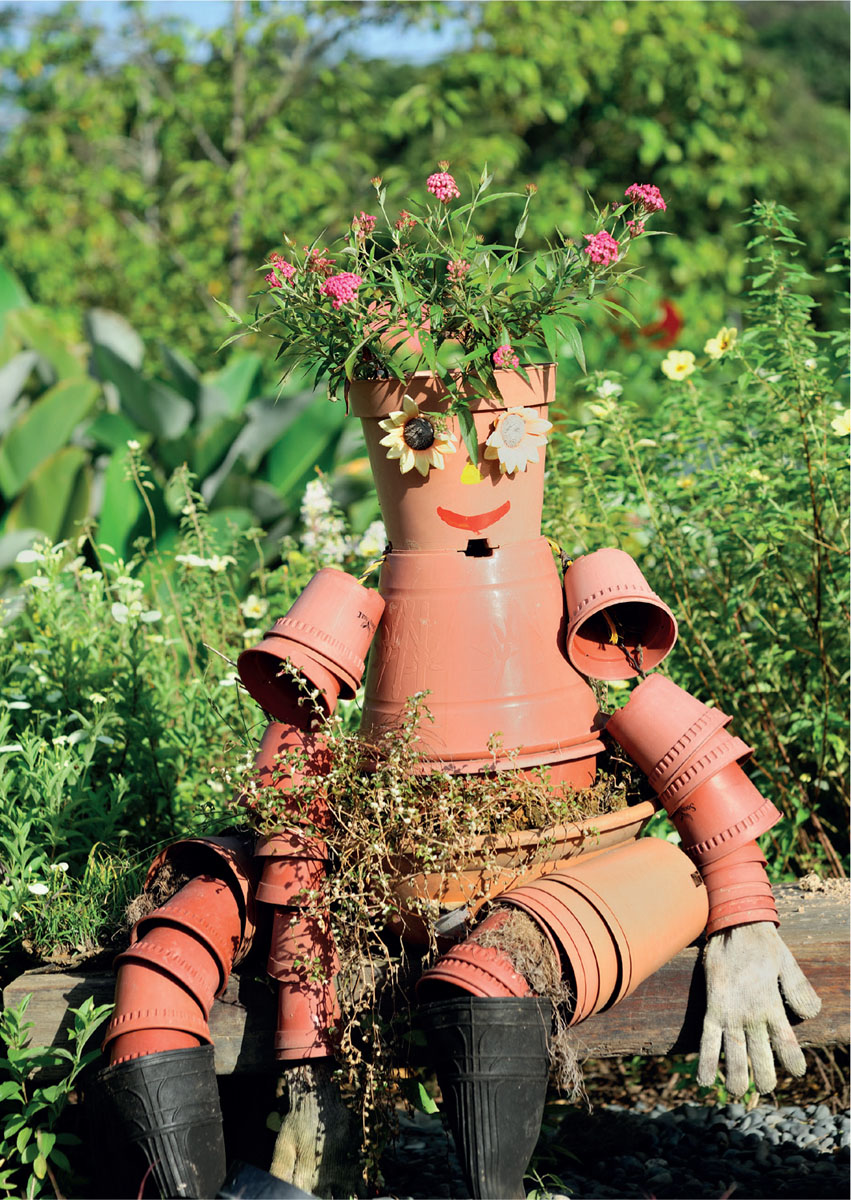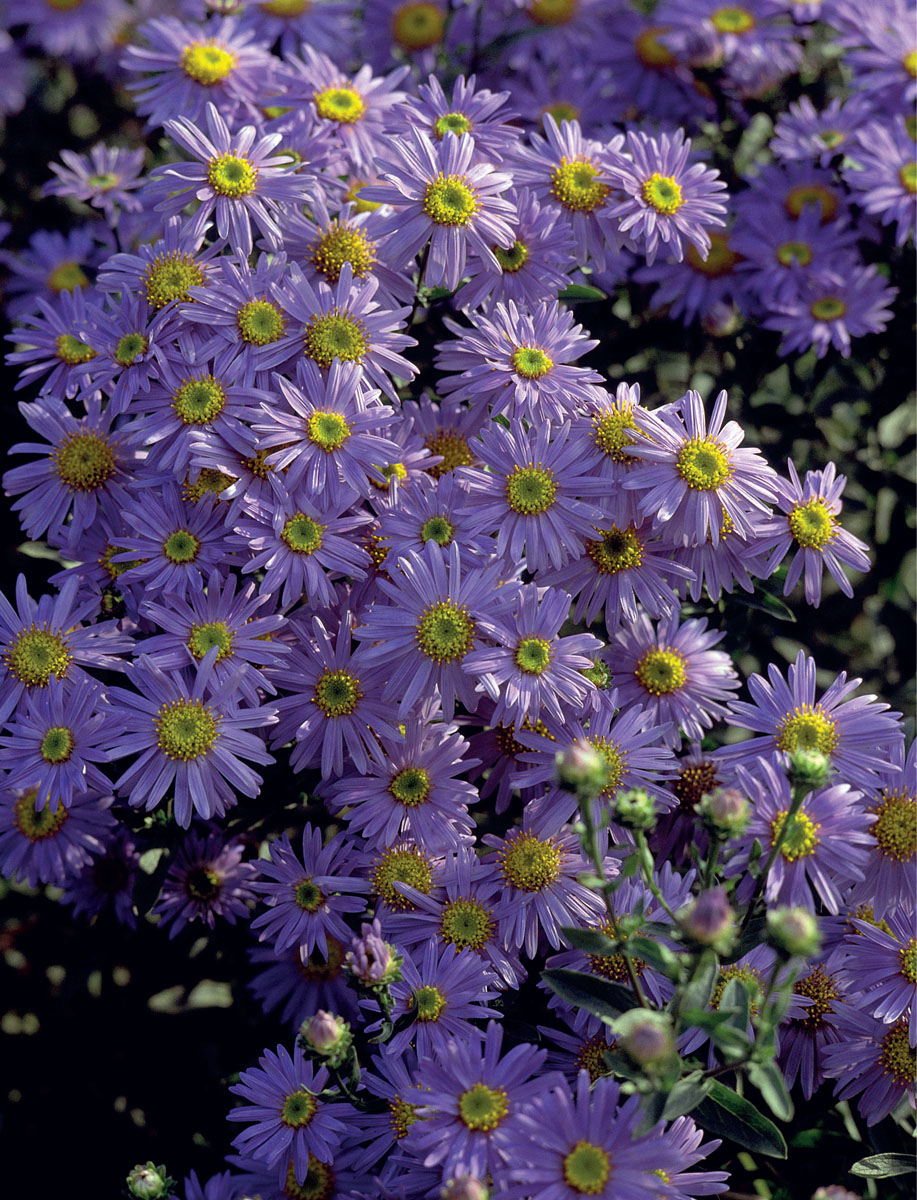
Gardening for the Planet
Conservation
It is easy to think that wildlife conservation can only happen on big nature reserves, but you can actually make a real contribution in your own garden.
These aren’t just empty words. There may not be any internationally rare species in your garden, but there is every chance that you are visited by widespread ones that are nevertheless of ‘conservation concern’ because they are declining alarmingly. It is only in the past few years that we have realised what a crucial role gardens have to play in the conservation of birds such as House Sparrows (below), Starlings, Swifts, Song Thrushes and Spotted Flycatchers. You have every chance to do your bit to aid their recovery, and there is plenty of other wildlife in peril whose conservation you can genuinely help too.
You may think that any efforts you make are trivial – what good is it if you help your one pair of sparrows increase to two? The point is that things only change if everyone plays their part. As Gandhi said, ‘Whatever you do may seem insignificant, but it is most important that you do it.’ There are more than 20 million households in the British Isles, so it would only take one per cent of these to increase their garden sparrow population by one for the number of sparrows to increase by a whopping 200,000. It makes you want to be part of that one per cent, doesn’t it?
In my garden, the key species of conservation concern are Stag Beetle, Common Frog, bats, House Sparrow and Song Thrush, so that’s where I plough a good bit of effort. Fortunately, much of what I do for them benefits many other creatures, too, so I get the best of both worlds.
A few lucky people are able to help truly rare species in their gardens. One gardener I know has a small garden on a housing estate, but is near to good habitat for the rare and enigmatic Brown Hairstreak butterfly. By planting Blackthorn, the only foodplant of the caterpillars, she now has them breeding in her garden.
The key, as we have seen with all wildlife gardening, is knowledge. If you make the effort to get to know which species you can best help and how to go about it, you’ll make a real difference.

Peat
Lovely, crumbly, warm, brown peat: it is so tempting to use it because plants love growing in it. But it comes at a cost – a big, unsustainable cost – to the environment and to wildlife.
The problem, as is now widely appreciated, is that in order to satisfy our desire for it, peat bogs have to be destroyed. They only exist in some of our wettest wild places where mosses, grasses and sedges grow on waterlogged ground. These plants only partly decompose in the oxygen-deficient conditions, which is how the peat is formed, accumulating millimetre by millimetre. A metre of peat can take 1,000 years to form but just a few seconds to dig up.
If you haven’t been to see a peat bog, you must. At first sight (right) it is rather barren and featureless, but get up close and you’ll find all sorts of rare and wonderful things living there. Unusual dragonflies flit over the pools and insect-eating sundews just a few centimetres high grow out of the moss. They are the breeding grounds for declining birds such as Curlews.
It is the peat from lowland peat bogs, composed largely of sphagnum moss, that are most suitable for use in gardening. And boy, have we plundered them! Of the original 95,000 hectares of lowland peat bog in the whole of the British Isles, fewer than 5,000 hectares are thought to remain in good condition. Almost all the peat that has been extracted has gone into horticulture, and about two-thirds of that went into domestic gardening.


What can gardeners use instead of peat?
The horticulture trade tested peat extensively over many years, so we know exactly how to use it and get great results from it. In contrast, peat-free composts are a bit scary: they’re all rather new, and we haven’t yet learnt either how to get the best from them or how to trust them.
But we must be brave. The National Trust recognised that we can’t just go on destroying whole habitats and, in 2001, went peat-free, avoiding peat (bar exceptional circumstances) for the plants it grows and sells. The Royal Horticultural Society (RHS) aims to use 90 per cent non-peat products in its gardens. If they can do it, so can us gardeners. In fact, the RHS has done excellent trials that show that bark- and wood-fibre-based mixes produce just as good results as peat.
There’s more experimentation that needs to be done, better labelling on products, and in particular better peat-free seed composts need to be developed. But we must all use our consumer power to demand these things. There is just no excuse any longer for using peat. Curlews need it; we don’t!
Climate change and energy
The science of climate change is incontrovertible – put more carbon in an atmosphere and it will warm up. We’re doing just that, and it is causing the climate to change faster than it would naturally.

Those of us in the developed world and in temperate climes probably won’t see the worst of it – in fact we might see some benefits such as fewer frosts and lovely warm springs and autumns. But we mustn’t let this distract us from the bigger picture. There will be profound implications for the world and for wildlife. The home needs of many creatures and the plants they depend on will no longer be met in the places they currently live. They will all have to adapt or move, and many won’t be able to do either. The big question is whether we have the courage to do something about it, and that includes in our gardens.


Gardening I would claim is one of the most climate-friendly pursuits. We grow things rather than destroy things, and we don’t travel anywhere to do it. In terms of carbon footprints, gardening is what the world needs.
But we mustn’t rest on our laurels. Some gardening methods still burn up fossil fuels, which is ironic for a pastime that is based on plants harnessing the power of the sun. Every time you plug something in – a hedge-trimmer, lawnmower, shredder or pond pump – you’re contributing to climate change. Suddenly that one-cut-a-year meadow in place of your repeatedly mown lawn (see here) seems all the more necessary – it is a winner for wildlife locally and globally.
So don’t switch off your mind when climate change is mentioned; switch off at the socket!
Reduce, reuse, recycle
As well as using electricity in the garden, there are other hidden energy costs where we can easily turn our garden into a drain on the planet instead of an asset.
The problem is all the things we import into the garden. The use of hard landscaping – gravel, concrete paving, brick, stone, timber, and metals – has proliferated in gardens. Garden makeover shows have tempted us with new cool materials to try; we’ve wanted to create lots more off-road parking, patios and decking; and we’ve had the cash to make it all possible. Hidden behind all this are the environmental costs of extraction, production and transport. It’s what is called ‘embedded carbon’.
Take concrete. For each person on the planet, the Environmental Literacy Council (ELC) estimates that two tonnes of concrete are used each year. Making cement in order to make concrete is an energy-intensive process, and the ELC estimates that one tonne of carbon dioxide is released for every tonne of cement produced.
In the case of gravel, every year in the UK alone we extract some 275 million tonnes of aggregates (sand, gravel, etc.). Most is destined for the building and road industries, but a fair few tonnes end up in our gardens. These have to be extracted and shipped around the country, with consequent carbon emissions. That’s not to deny that the aggregates industry doesn’t do wonderful work reinstating gravel pits for the benefit of wildlife. But do you really need tonnes of it in your garden?
We also have a tendency to accumulate ‘things’: a sculpture here, a colourful pot there, a mirror, or a bit of garden furniture. Gardens can even become the victim of fashion where you’re ‘no-one’ if you don’t have the latest wrought iron obelisk, crushed glass mulch or ceramic pedestal. They, too, have embedded carbon.
It’s no accident that ‘reduce’ comes first in the good old sustainability mantra of ‘reduce, reuse, recycle’: it urges us always to ask ourselves ‘Do I really need this?’

It’s the same with gardening equipment. Isn’t it amazing that even those of us with a tiny garden often have a complete shedful of it? Does every few square metres of lawn really need its own lawnmower? The obvious answer is to share our tools, be it with friends, relatives or colleagues. We don’t, but we should. Give it a go and earn maximum greenie points.
When you are sure that you have reduced all you can, then is the time to concentrate on the ‘reusing’ and the ‘recycling’. Many of you will be past masters at this and will know it is largely about being creative. Common tricks include:
 Turning old pallets into compost heaps
Turning old pallets into compost heaps
 Converting old sinks into mini-ponds
Converting old sinks into mini-ponds
 Using yoghurt pots as plant pots and plastic drink bottles as mini-cloches
Using yoghurt pots as plant pots and plastic drink bottles as mini-cloches
 Creating home-made sculptures out of driftwood and ‘rubbish’.
Creating home-made sculptures out of driftwood and ‘rubbish’.
There are a million other ideas out there. Share them; be proud of them. You may not see wildlife benefiting, but it will, for you will have reduced your burden on the planet.

Organic gardening
We’re all used to seeing organic produce on supermarket shelves, and we know that it means that no chemicals have been used, but is there more to organic gardening than that, and is it an important part of gardening for wildlife?
Well, organic gardening does indeed mean that no artificial pesticides, herbicides, ‘genetically modified organisms’ or ‘synthetic growth promoters’ have been used at any point during the growing of produce or rearing of livestock. In the agricultural business there are very rigorous inspection, certification and labelling processes to ensure that if it says organic, it is organic.
However, organic gardening in practice is more than just an absence of man-made chemicals. It requires crops to be rotated to prevent the build up of pests, and green manures to be planted to nourish the soil. It involves growing plant varieties that are resistant to disease to stop you having to reach for the chemical bottle in the first place. And it aims to work in harmony with natural systems, encouraging a healthy balance of pests and predators.
While there have been few rigorous scientific studies to prove one way or the other its effect on wildlife in a garden, there is something about the whole organic ethos that chimes well with gardening for wildlife. Organic gardening is ‘gardening with nature’; gardening for wildlife is ‘gardening for nature’ – pretty comfortable bedfellows, I’m sure you’ll agree!
Organic gardening is often talked about in reference to crop production, but the philosophy can be extended across the whole garden, including what you paint your fences with (if you still haven’t planted that hedge). Going 100 per cent organic is difficult. Just aim to do your best and go to bed each night with a clear conscience.
Green manure
One important organic technique in the vegetable patch is to use green-manure cover crops. You sow these in between crops so that they carpet the ground with foliage and flowers. This helps to protect the soil surface and stops nutrients being leached away, and when you want to plant a crop you dig them in, adding to the fertility of the soil. Some even ‘fix’ nitrogen from the atmosphere.
There are different cover crops for different seasons. Many are in the pea and bean family, and Mustard is widely used, but two that are brilliant for pollinating insects are Scorpion Weed (Phacelia tanacetifolia) (right) and marigolds (Tagetes). You can even grow them on bare plots in summer or autumn where they will flower to the benefit of bees and hoverflies.

A nice pot of comfrey tea
A great way to produce a homemade fertiliser – no chemicals required – is to use comfrey leaves (above). As the flowers of comfrey are useful for Honeybees and bumblebees, it is a great plant to have in the garden anyway, although it can be a bit rampant.
Pick a bundle of fresh leaves, put them in a bucket of water, weigh them down with a brick and cover the bucket. (If you do it in an open bucket, it will stink to high heaven!) Three weeks later you will have a dark liquid fertiliser that should be diluted yet further before being used as plant feed.
Crop rotations
Growing the same crop in the same bed year after year allows pests to build up. Keep one step ahead of them by using the well-established rotation system of growing peas and beans in year one, brassicas in year two, root vegetables in year three, and onions and leeks in year four.

Water-wise gardening
For several decades, we have gardened as if we have a right to use as much water as we like in order to achieve the lush, perfect, green gardens we desire.
Those times are a-changing. Climate change and an ever-growing human population mean that water can no longer be taken for granted. It is a limited commodity, to be cherished and cared for. The sprinkler has had its day.
The problem for wildlife is that a lot of our water supplies come from aquifers and rivers. In many places we have abstracted so much of this water that it has damaged wetlands and reduced the natural flow of rivers, and hence we are hurting the wetland wildlife that needs it.
Ways to make water go further
Harvest rainwater It’s amazing how much rain falls on our sheds, greenhouses and house roofs, water that normally gets channelled straight into the drains. Direct it into water butts (plural) joined up with lengths of hosepipe, or even into an underground tank.
Don’t pull the plug after a bath Let the water cool and then bucket it (or if you’re clever siphon it) onto flowerbeds. (It’s best not to use it on vegetables, and don’t put too much detergent or bath salts onto the garden.)
Hold moisture in with mulches It is amazing how much water can be locked safely in the soil using a protective blanket of compost, leaf-litter or bark.
Use plants that like it dry Many plants have evolved to thrive in drought conditions. Try lavenders, hawthorns, hedge veronicas, California lilacs, hollies, jasmines, wisterias, pyracanthas, geraniums, catmints, Iceplant, globe thistles, Sea Kale, woundworts, thymes, alliums and sages.
Beef up the soil Adding plenty of organic material to sandy soil ensures that water doesn’t run away; adding it to clay soil allows plant roots to get at water more easily.
Water in the evening If you water in the heat of the day it will evaporate before it can get to where it is needed.
Ditch greedy plants Avoid species such as cypress trees that suck the soil dry.
Be tolerant In periods of drought, lawns will go yellow, but they quickly green-up again when the rains come – it’s what they’re designed to do.
Raise the mowing height a notch, too, as the longer grass will shade the ground surface better.

Sustainable timber
It would be a cruel irony if you put up a Blue Tit box to help your garden birds but it was made from timber from a wood that had been chopped down and was not going to be replaced. How can you tell whether or not this is the case, and for any other wooden products you might use in the garden?
The answer is to always look for the FSC logo. The Forest Stewardship Council is an independent, not-for-profit organisation that ensures that the timber we use comes from places that have been audited annually for the highest social and environmental standards.
It is a logo you can trust – if you don’t see it, don’t buy it.

© 1996 Forest Stewardship Council A.C.

Single Michaelmas Daisies, such as this Aster (Aster amellus) ‘Rudolph Goethe’, come into their own as a pre-hibernation nectar plant of choice for Red Admiral butterflies. Look at all those blooms to choose from!